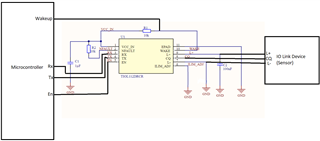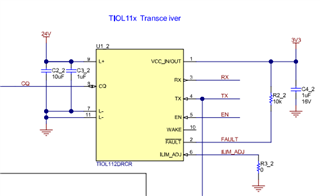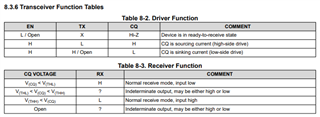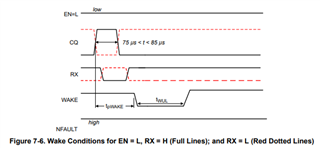Other Parts Discussed in Thread: TIOL112, BOOSTXL-IOLINKM-8
Hi,
I want to read and write data from IO-Link device that is a sensor to measure Temperature and Flow rate. The Microcontroller can not directly connect to IO-Link device so found this TIOL1123 Transceiver. But the datasheet is not clear about its typical applications. Like can it be used in a way that I can read or write data like configuration and measurements from IO-Link device if the IO-Link device is connected to this TIOL1123 Transceiver and EN, TX, RX, NFAULT and WAKE pins are connected to the microcontroller. Is this what the typical application of this Transceiver??
I am not clear about role of this Transceiver is it a Master or not? As per datasheet it can be used in Master Mode if ILIM_ADJ pin is shorted to ground. 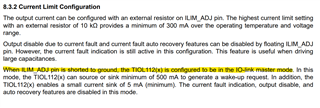
But what mode will it be operating if this pin is not connected to ground?
Thank you



